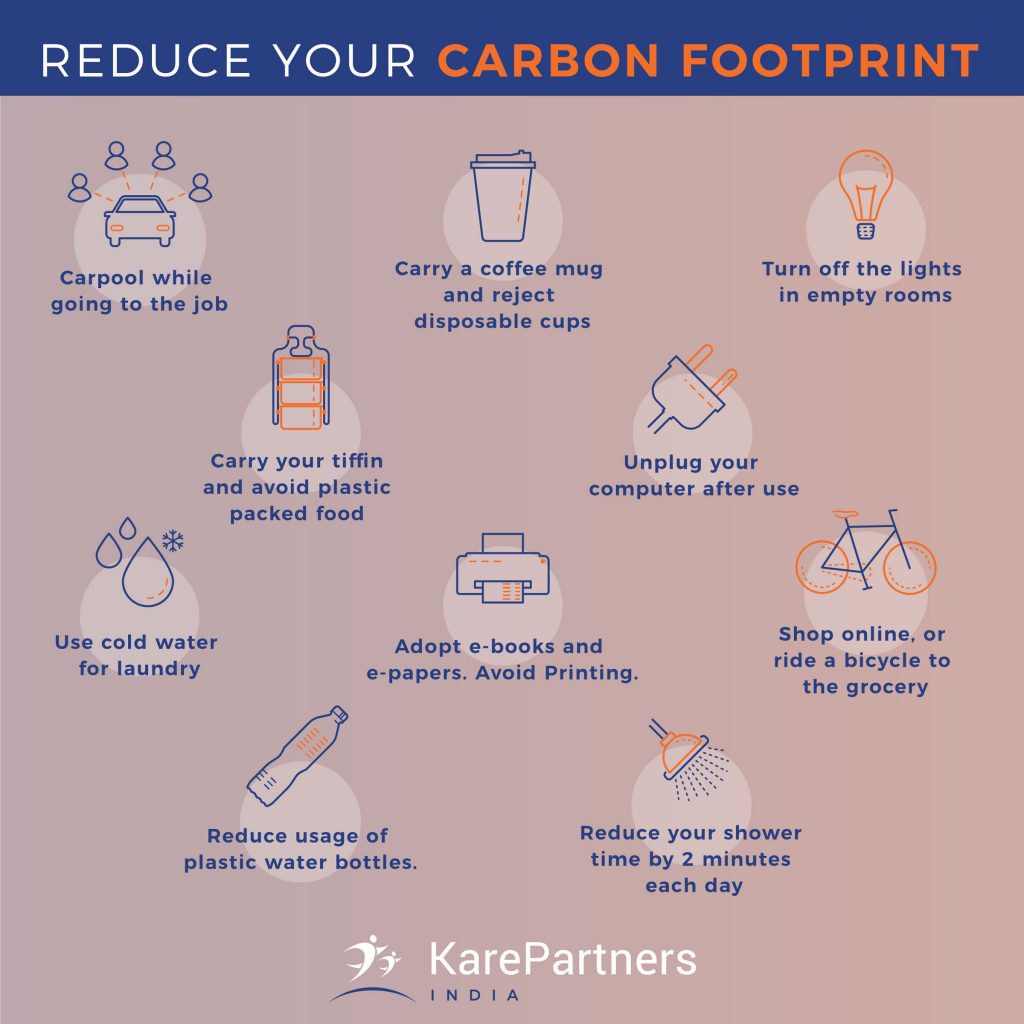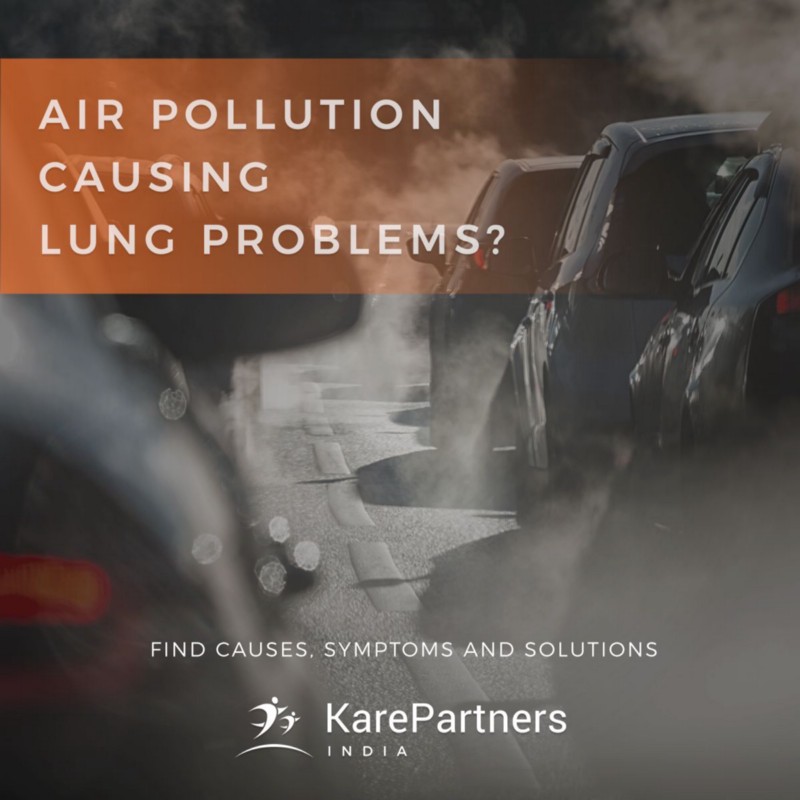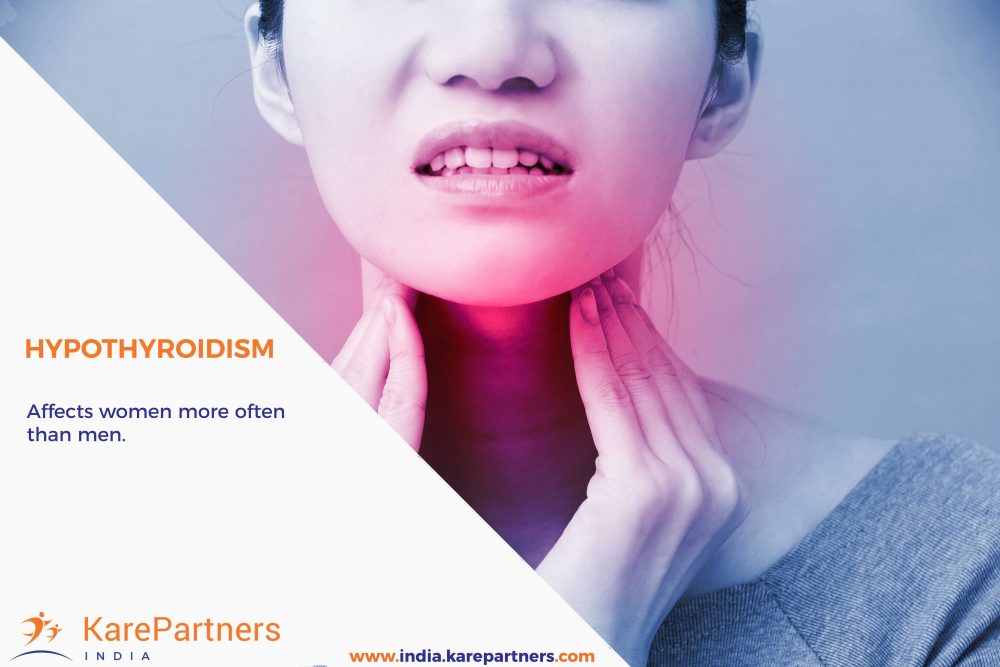AIR POLLUTION CAUSING PULMONARY DISEASE
I am sure you must have read about the Air Pollution level in Delhi recently. Just being in that environment could be comparable to smoking 50 Cigarettes a Day. And we hold the Smokers accountable for the Disease Burden in Smokers. Air pollution is a growing issue nowadays which is a threat to human lives. Air pollution is the presence of impurities in the air that can be in the solid, gaseous and liquid form which is harmful to living beings including humans.Sulfur dioxide, carbon monoxide, nitrogen oxides, ozone, total suspended particulate matter, lead, carbon dioxide, and toxic materials are the major air pollutants contributing to air pollution.
An air contaminant can be well-defined built on the concentration of substance or chemical present in the surroundings. The conformation of hygienic air is used as the standard setter. If the deliberation of a chemical is above the concentration level of chemical existing in the air, it is then called as an air contaminant. Air pollution can lead to many respiratory disorders such as asthma, lung cancer, pneumonia, COPD. Air pollution occurring inside as well as outside both has strong relations with COPD. A person who habitually respires in air pollution can have a higher danger of getting COPD. If the individual is a smoker, the danger of COPD is even higher.
For people who have COPD already, existing in a place with air pollution can be very detrimental. It can make their indicators poorer and leads to COPD bouts (also called “exacerbations”) to occur more frequently.
What is COPD?
COPD or chronic obstructive pulmonary disease is a respiratory disorder that occurs due to inflammation in lungs which further leads to obstruction of airflow. Persons suffering from COPD have difficulty in breathing, wheezing, and production of sputum. The main cause of COPD is air pollution (gases causes’ inflammation) and cigarette smoking. COPD is currently the quarter leading reason for death, and it is projected to become the third most significant cause by 2030. COPD has been linked to long-term exposure to air pollution in indoors such as smoke from wood used for cooking in villages.
However, the epidemiological indication supporting the concept that prolonged exposure to traffic-related air pollution can be the reason for COPD which is still limited. Prolonged exposure to traffic-related air pollution has been linked with cardiopulmonary and COPD mortality, which was established in a recent study with multipollutant models and better control for work-related exposures. Numerous studies have stated links between high levels of air pollution and the occurrence of COPD.
HOW AIR POLLUTION AFFECTS LUNGS OF HUMANS
Air moves down through the windpipe i.e. Trachea and from there it reaches to lungs of the exposed person through tubes known as bronchi. It further segregates into different bronchioles that end into alveoli (air sacs). The alveoli are thin-walled comprising many small blood vessels known as capillaries. Oxygen that is inhaled during breathing passes through capillaries and from there it reaches to blood. During the same process carbon dioxide is exhaled which is a waste product in the breathing process.
Lungs count on the regular resistance of the bronchial pipes and airbags to force air out of the body. COPD leads them to lose their bounciness and over inflate, which leaves some air stuck in lungs when the person breathes out.
ASSOCIATION BETWEEN COPD AND AIR POLLUTION
Harm to the lungs can be the basis of COPD and can make COPD evolve faster. Polluted air encompasses small elements called “irritants” that damage the lungs. This damage to the lungs can occur by:
OUTDOOR AIR POLLUTION AND COPD
Outdoor contamination defines irritants in the air outside the household. It is also termed as “urban air pollution.” Big cities with heavy transportation and traffic and big industrialized zones often have advanced levels of pollution occurring in the external environment. Seriously polluted external air might comprise thousands of dissimilar detrimental constituents.
For individuals with COPD, survival or living in highly polluted areas can be very life threatening and can affect the person’s health in many ways which further affects the quality of life. Effects of external air pollution:-
Symptoms of COPD
INDOOR AIR POLLUTION AND COPD
Pollution occurring inside defines irritants in the air inside the house. The kinds of indoor air pollution that have the extreme effect on COPD patients are:
Individuals living in the house and getting exposed to these chemicals make the person more risky to COPD. Passive smoking is the kind of cigarette smoking when someone else smokes. In households where individuals smoke cigarettes indoors, the air becomes polluted and contaminated with unhealthy particles over the period; living in this polluted indoor air can lead to severe problems, such as respiratory infections and asthma. Being exposed to passive smoking over a period can lead someone who has never smoked or touched a cigarette to develop COPD. For people already suffering from COPD, passive smoking can make symptoms very poor.
The harmful effects to health from air pollution are basically determined by the deliberation of air contaminants and the quantity of exposure interval. Individuals can take many actions to decrease the quantity of contaminant inhalation. Some actions are suitable for all individuals. Some others are of the specific position for those with chronic respiratory ailments. Persons should keep a decent living routine and control their regular action according to the indigenous air quality report. For persons with the chronic respiratory illness like COPD, lessening of exposure to inside and outside air pollution can decrease the danger of severe exacerbation of COPD.
For asthma patients, a lesser amount of exposure can decrease the commencement of asthma. Consistent management under the supervision of physicians is suggested. Patients should not alter day-to-day therapies without the consent of their doctor. As air pollution typically can maintain itself at an altered level for days and several months altogether, taking an extra effort for prevention is beneficial for everyone, particularly those with chronic respiratory illnesses.
There are numerous kinds of in-room air cleaners classified by the kind of air cleaning expertise used. They can also be separated into movable or immovable devices — as wall attached or ceiling mounted. The basic instrument of the air cleaner is air filtration by which airborne pathogens are condensed and spread of airborne infectious diseases is prohibited.

Use of masks
Wearing personal defensive equipment or mask such as N95 might prove very much useful for evading the harmful effect of ambient air contaminants. Masks help in protecting from virus transmission through respiratory tracts. Nose masks prevent the individual from air pollutants.
HERBAL MEDICINES can also be used to improve air quality. Use of Bay leaves and Ajwain clean the air of harmful pollutants.
In the crux, it’s high time we take ownership of the Environment we live in. We are fully responsible for this condition of our Motherland, and we need to put in efforts for Control. Let’s pledge to plant a tree every month. One small effort from everyone will make a huge difference for our country. Let’s car-pool, let’s stop polluting the air with fire or smoke. Individuals with chronic respiratory infections such as COPD and asthma are especially susceptible to the harmful effects of air contaminants. To reduce the damaging effects of ambient air pollution, persons should be conscious of the indigenous air quality and take extra actions such as dropping the time outside and wearing masks when essential. For dropping the air pollutants inside, use of clean oils, better stoves, and air cleaners are suggested. Smoking cessation and satisfactory diet are suitable for all persons.
REFERENCES


